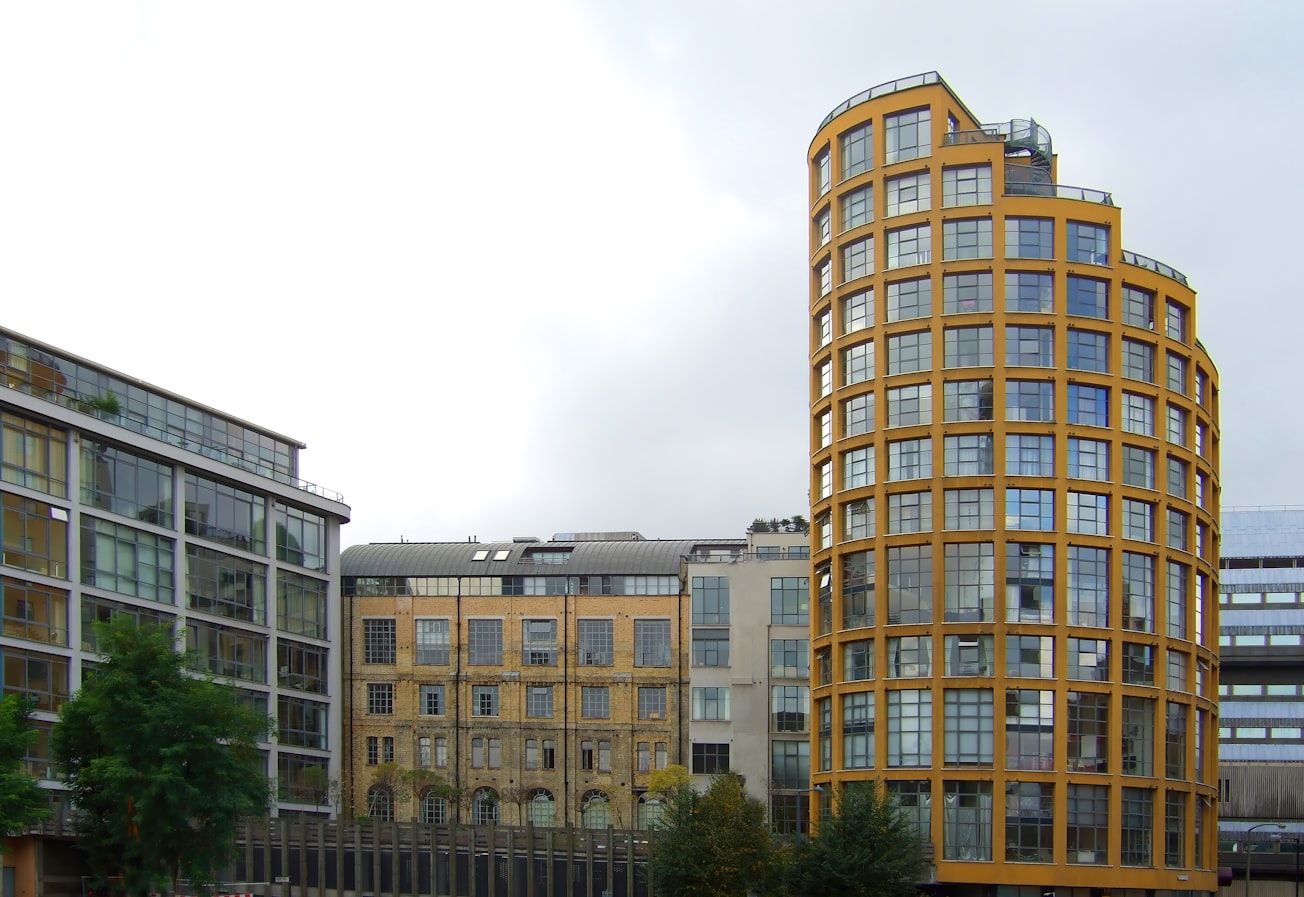What is it about?
This article identifies and analyses the physical and cultural changes that have happened in this central London location, and the forces that have driven redevelopment over a seventy year period. Change was largely unplanned and piecemeal and reflects wider changes in Britain; especially the deindustrialisation of central London.
Featured Image

Photo by Brett Jordan on Unsplash
Why is it important?
The deindustrialisation of late twentieth cities is an established field of historical inquiry. Furthermore, the cultural effects of the conversion of Bankside power station to Tate Modern in 2000 have been widely examined. This article draws together and extends these themes and demonstrates how the Bankside area underwent a process of deindustrialisation and how the former Bankside power station was viewed variously as an oppressive presence, an industrial masterpiece and an asset to be exploited and was almost demolished before its conversion to a renowned art gallery.
Read the Original
This page is a summary of: The Evolution and Transformation of Bankside, London, 1947-2019, Journal of Urban History, July 2019, SAGE Publications,
DOI: 10.1177/0096144219864677.
You can read the full text:
Contributors
The following have contributed to this page







